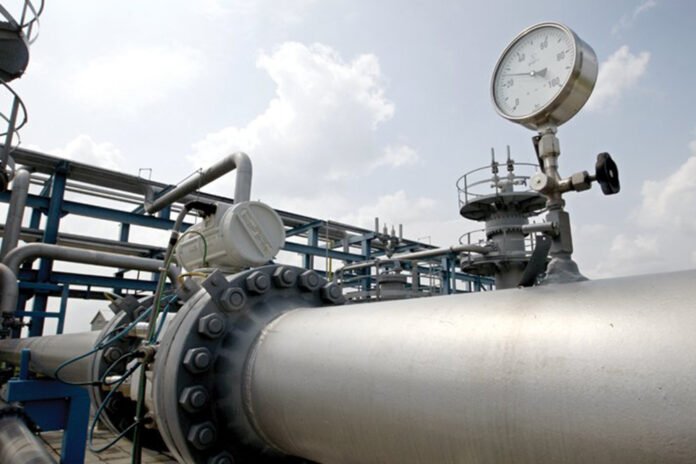The recent rationalization of tariffs has sparked a debate among the textile industry, which accounts for about 60 percent of the country’s exports. The rationalization of tariffs was bound to favor those who were consuming imported in Punjab and partly in Sindh, and it did hurt those using domestic gas.
The decision to equalize the prices for domestic and imported gas has been welcomed by the textile mills in Punjab, but opposed by those in Sindh, who claim that it will hurt their competitiveness and profitability.
The rationalization of tariffs was strongly resisted by the Sindh chapter of the All Pakistan Textile Mills Association (APTMA) when it was first proposed a little over a decade ago.
At that time, the mills in Sindh were getting year-round, while the mills in Punjab were denied domestic gas during three to four months of winter. When the government started importing liquefied natural gas for Punjab-based mills, the tariff was very high, as imports were costly.
As domestic supplies started dwindling by 5-7 percent per year, the industries in Sindh faced rationing. The new textile concerns in the province were denied domestic gas and offered imported on the same basis as was supplied to the textile sector in Punjab. So, the newcomers were at par in tariff with Punjab.
Experts say the rationalization of the tariff was necessary to provide a level playing field to the industries operating in Pakistan. Despite huge tariff differences, the Punjab-based mills continued exporting textile products, though Sindh-based mills enjoyed an advantage.
But Punjab also has some advantages, such as nominal water rates compared to the cost of waterborne by textile industries in Sindh. Labor is also efficient in Punjab, and the law and order situation is also much better. The industries there did not have to pay extortion money to thugs, while Sindh-based mills faced this menace. These drawbacks should also be addressed.
The gas tariff for all textile industries in Pakistan is the same. Some complain that the gas tariff of textile processing mills is higher, but it is the same for processors in Punjab, Sindh, Khyber Pakhtunkhwa, and Balochistan.
The move should boost exports, as 70 percent of high energy-consuming mills are in Punjab. The textile industry in Punjab improved its efficiencies to the highest level, despite operating at a significant gas tariff disadvantage.
There are many highly efficient mills in Sindh as well. The disparity in cost gave them a huge advantage, but most of them squandered that advantage by offering their products to foreign buyers at lower prices than their counterparts in Punjab could afford.
Most of them did not accumulate wealth. The fact that some textile mills in Karachi agreed to use imported high-tariff gas shows that the viability of operating textiles is there. Still, only those getting low-tariff gas supplies enjoy an added advantage.
Next quarter will be a test of this move. If textile exports increase, then no harm is done. According to APTMA, textile exports in October increased by 5 percent. This is a good sign, as the increase was achieved without tariff rationalization. We should also reme mber that overall exports increased by 13 percent, meaning that non-textile exports increased by more than 10 percent, twice as much as textile exports. This has never happened before.
The APTMA North Zone attributed the rationalization of the gas tariff to Gohar Ejaz, who will be their hero. But where will APTMA Sindh place their patron in chief?



